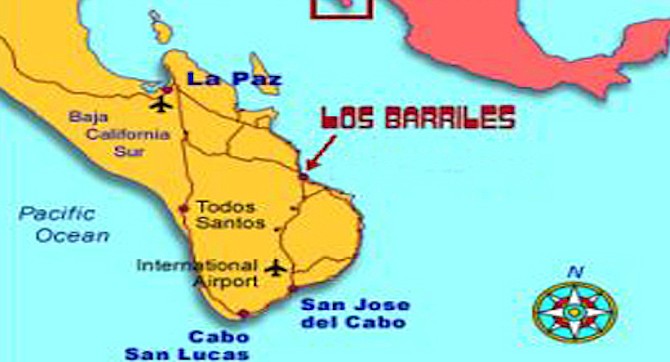 Facebook
Facebook
 X
X
 Instagram
Instagram
 TikTok
TikTok
 Youtube
Youtube

As European explorers made their way northward along the eastern Pacific, the natives at the southernmost portion of Baja were the Pericú. The Pericú had little, if any, interaction with other tribes. Their isolation left them no immunity to the diseases that came with Hernan Cortez, and the Pericú were extinct by the early 18th century.
The skulls of the Pericú found in the East Cape region burial sites suggested that they were trans-Pacific immigrants. That the Pericú were one of the few aboriginal groups in the Californias to utilize double-bladed paddles and watercraft somewhat more advanced than the simple tule ‘balsa’ most costal tribes used suggested a long kinship with the sea.
When modern day kayak fishing was in its infancy, anglers paddled plastic sit-on-top kayaks further offshore aiming to be the ‘first’; the first to catch an amberjack, the first to land a wahoo. But I feel modern day offshore kayak anglers share a kinship with the seafaring Pericú. It takes physical ability and love of being on the water to target large gamefish from a vessel that is 60 or so pounds of plastic.
The excitement of the sport has spurred the growth of kayak fishing. One kayak fishing club, East Cape Water Sports, is hosting a tournament in the heart of the Pericú’s hunting grounds; the East Cape of Baja Sur. Hotel Palmas de Cortes, located on the beach in Los Barriles, is hosting the event this Saturday and Sunday. Entry fee is 1,500 pesos (about $78, the top three fish pay 20,000, 6,000 and 3,000 pesos, and here are rental kayaks available at the resort.


As European explorers made their way northward along the eastern Pacific, the natives at the southernmost portion of Baja were the Pericú. The Pericú had little, if any, interaction with other tribes. Their isolation left them no immunity to the diseases that came with Hernan Cortez, and the Pericú were extinct by the early 18th century.
The skulls of the Pericú found in the East Cape region burial sites suggested that they were trans-Pacific immigrants. That the Pericú were one of the few aboriginal groups in the Californias to utilize double-bladed paddles and watercraft somewhat more advanced than the simple tule ‘balsa’ most costal tribes used suggested a long kinship with the sea.
When modern day kayak fishing was in its infancy, anglers paddled plastic sit-on-top kayaks further offshore aiming to be the ‘first’; the first to catch an amberjack, the first to land a wahoo. But I feel modern day offshore kayak anglers share a kinship with the seafaring Pericú. It takes physical ability and love of being on the water to target large gamefish from a vessel that is 60 or so pounds of plastic.
The excitement of the sport has spurred the growth of kayak fishing. One kayak fishing club, East Cape Water Sports, is hosting a tournament in the heart of the Pericú’s hunting grounds; the East Cape of Baja Sur. Hotel Palmas de Cortes, located on the beach in Los Barriles, is hosting the event this Saturday and Sunday. Entry fee is 1,500 pesos (about $78, the top three fish pay 20,000, 6,000 and 3,000 pesos, and here are rental kayaks available at the resort.
Comments